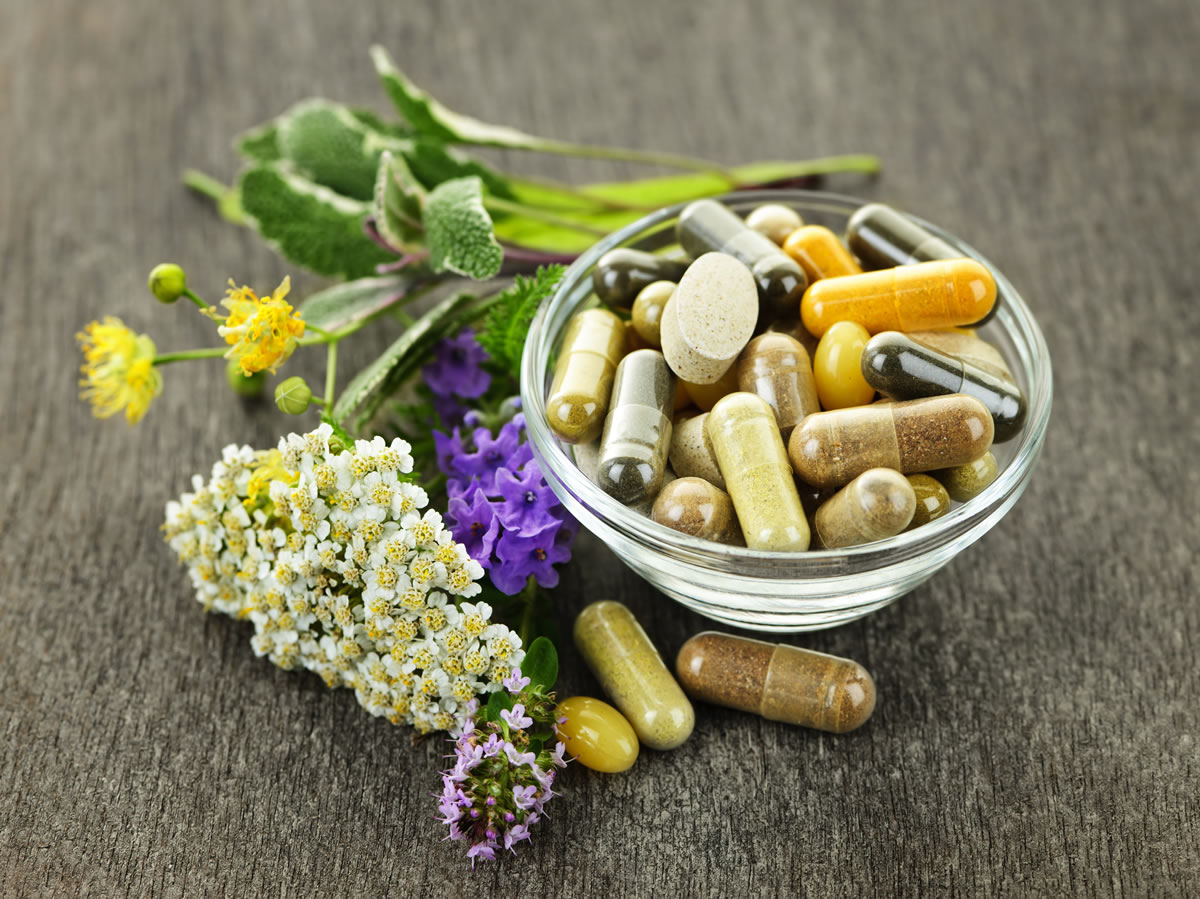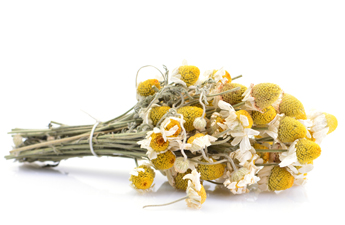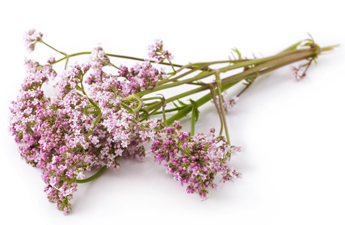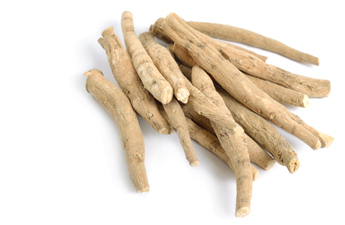Natural Alternatives to Antibiotics
Recently on our website I wrote an article explaining how doctors and scientists the world over are increasingly concerned about the evolution of antibiotic-resistant bacteria. I would now like to expand on the use of herbs as antibiotics and immune-stimulating allies.
The story so far:
Scientists estimate that within ten years antibiotics will become redundant. The spread and growth of drug-resistant bacteria means some troubling things:
- A number of simple bacterial infections considered harmless in the last 50 years are becoming deadly all over again (e.g. cholera, salmonella, e. coli, kidney infections)
- Hospitals are becoming very dangerous places, where picking up a life-threatening infection is easy
- Organ transplants will eventually become impossible, as opening the body to receive the organ will also open it up to countless new and lethal bacteria.
So, how did this happen anyway?
A number of factors contributed to the rise of the “Superbugs” (as the media calls them!):
- Firstly, bacteria are highly adaptable creatures. Not only is their reproductive rate only 20 minutes (compared to humans’ 20 years), meaning they evolve very quickly, but different strains of bacteria can also ‘teach’ other strains how to resist antibiotics.
- Doctors have been overusing antibiotics for decades, prescribing them for all kinds of inappropriate illnesses such as colds and flus (which are caused by viruses, hence don’t respond to antibiotics).
- Patients start taking antibiotics, but when they feel better, stop taking them and don’t follow through with the whole course. This means that although 95% of the bacteria may have died, and you feel better, the 5% that is left to reproduce is the tiny portion that was able to resist antibiotics. This is effectively training bacteria to resist them!
- The livestock industry has used massive quantities of antibiotics for years (amounts that would be illegal to give to humans) to prevent illness in the devastatingly unhealthy conditions the poor animals have been kept in. This in turn enters the human food chain, especially in the form of eggs, chicken, beef, salmon and pork, meaning we are constantly eating low doses of antibiotics that also provide resistance training to bacteria.
What is the answer?
There is, in fact, a simple answer to this problem: herbs! While modern medicine has been touting the miracles of chemical drugs (that are now being shown to be not-so-miraculous after all), humble herbs have continued to offer the same subtle yet miraculous effects on the health and wellbeing of humankind that they have offered for millennia.
Did you know that humans have used herbal medicine for more than 60,000 years? And that herbal medicine is still used by 80% of the world as their primary health care (statistics from the World Health Organisation).
Why would herbs work when drugs don’t?
Unlike pharmaceutical medicines, herbal medicines are complex biological creatures that have evolved slowly over time and contain hundreds, if not thousands, of active compounds that all work together synergistically. Take this example from Stephen Buhner’s book ‘Herbal Antibiotics’:
How Complex is Garlic Compared to Penicillin?
Known active constituents of garlic (there are at least 35 other constituents whose actions are unkown):
ajoene, allicin, aliin, allixin, allyl mercaptan, allyl methyl trisulfinate, allyl methyl trisulfide, allyl propyl disulfide, diallyl disulfide, diallyl hepta sulfide, diallyl hexa sulfide, diallyl penta sulfide, diallyl sulfide, diallyl tetra sulfide, diallyl tri sulfide, dimethyl disulphide, dimethyl trisulfide, dirpopyl disulphide, methyl ajoene, methyl allyl thiosulfinate, propylene sulfide, 2-vinyl-4H-1, 3-tithiin, 3-vinyl-4H1, 2dithiin, S-allyl cycteine sulfoxide, S-allyl mercaoti, cysteine.
Known active constituents of penicillin:
Stephen Buhner comments: “Pharmaceutical antibiotics are, in fact, simple substances,not complex, and because of this, bacteria can more easily figure out how to counteract their effects, but herbs like garlic are very complex”. All of these different chemicals to be found in medicinal plants work together to strengthen their action, protect against side-effects and strengthen the body as a whole. Finally, scientific research is starting to confirm what herbalists, traditional healers and grandmothers have known all along: herbs do actually work, and sometimes they work better than drugs!”
What are herbal antibiotics?
Although in this article I am talking about ‘herbal antibiotics,’ this term might not be the best way to describe these herbs. Due to their very complex nature, medicinal herbs almost never work in one single way (e.g. by killing bacteria); rather they work to cleanse the blood, strengthen the immune system, tone the mucous membranes and improve the function of particular organ systems. Therefore, it is important to use the correct herbs for different infections in different parts of the body, as not all herbal antibiotics will work for all illnesses.
By the term ‘herbal antibiotics,’ I am in fact referring to herbs that can be taken in place of antibiotics.
In the words of the great American herbalist Matthew Wood, “This is not a holistic use of the plant. Bacteria are usually scavengers who settle on sick tissues. To remove them without changing the condition that led to their appearance is therefore not competent practice.” (The Earthwise Herbal –New World Medicinal Plants, pp 194-195).
Therefore, it is important that we don’t seek to simply kill bacteria by using ‘antibiotic’ plants, but rather treat the imbalances of the whole body.
What are these herbs?
Because herbs not only have great antimicrobial actions, but also work to tone and cleanse specific organs or systems, infections in different parts of the body will be best treated by different herbs.
The herbs listed below are not an extensive list of herbs that can work in place of antibiotics. For more instructions on dosages and specific diagnosis, we strongly recommend you visit your herbalist or naturopath (and/or refer to the reading list below).
Aloe Vera – Great for treating and preventing infection of external wounds, especially burns; effective against Staphylococcus aureus (golden Staph/tropical ulcers). Apply the fresh gel from the leaves directly on wounds.
Dragon’s Blood / Croton Latex – This tree sap from the Amazonian tree, Sangre de Drago, works like magic on herpes, tropical ulcers and infected wounds. Also creates a film over wounds that helps to protect and seal.
Echinacea – A very well known herb, echinacea tincture applied directly and frequently to the back of the throat is most effective in case of throat infections, especially caused by Streptococcus spp. Some research has also been done showing its effectiveness in treating abnormal pap smear results.
Eucalyptus Essential Oil – Known to be effective against just about every microbe. Great for external applications to wounds. Gargle with five drops in a glass of water or use as a steam inhalation for respiratory infections.
Garlic – Despite being very common,garlic is “the most powerful herb for the treatment of antibiotic-resistant disease” (Stephen Buhner). If there is an all-purpose antibiotic herb, then this is it. Most effective as raw minced garlic (mix in honey to disguise) or garlic juice. Also stimulates immune and lowers blood pressure. Best for infections of the lungs and digestive system.
Goldenseal – An extremely potent antimicrobial herb that must be used with caution in people who are thin and dry. Useful for many infections including diarrhea, pneumonia, giardia, vaginosis and salmonella. Nearing extinction due to overharvesting in the wild so best to use only when nothing else will suffice.
GSE – Made from grapefruit seeds, this extract is the most similar in action to medical antibiotics, meaning that although it works extremely well, it also kills off all friendly gut bacteria as well. To be used with caution.
Propolis – Made by bees from various medicinal tree resins, propolis is a powerhouse of antibacterial alkaloids. It is one of the most effective natural substances for direct application to wounds. When squirted into the throat can stop the development of colds and tonsillitis.
Sage – Great for infections in the upper respiratory tract (nose, throat, sinuses) and for dysentery.
Usnea – A slow-growing but prolific lichen that is especially effective for throat infections, pneumonia and staph,as well as for fungal infections. Also an immune stimulant.
List of bacterial illnesses and corresponding herbal remedies:
Surgical infections (Bacteria: enterococcus)
External applications of usnea, echinacea, garlic, GSE, eucalytpus
Blood poisoning (Bacteria: enterococcus)
Large internal doses of echinacea, garlic, usnea
Tuberculosis (Bacteria: mycobacterium tuberculosis)
Garlic, usnea, GSE, boneset, goldenseal, red clover, schizandra, elecampane
Tonsilitis
Propolis, usnea
Infected wounds
Dragon’s blood, propolis, goldenseal, garlic, aloe vera
Gonnorrhea
Garlic, acacia spp, large spotted spurge
Malaria
Wormwood, sweet annie, cryptolepsis
Pneumonia (pseudomonas aeruginosa)
Aloe, eucalyptus, juniper, garlic, GSE, essential oils of thyme and oregano
Pneumonia (staphylococcus aureus)
Usnea, garlic, goldenseal, eucalyptus, GSE, boneset, wormwood, essential oils of thyme and oregano
Bacteremia (pseudomonas aeruginosa)
Large doses of echinacea, garlic, boneset
Urinary tract infections
Juniper, uva ursi, eucalyptus, goldenseal, cranberry
Severe diarrhea (shigella dysenteriae)
Goldenseal, garlic, GSE, sage
Food poisoning (salmonella)
Garlic, eucalyptus, wormwood, juniper, goldenseal, sage, ginger, GSE, acacia
Food poisoning (e. coli)
Goldenseal, garlic, eucalyptus, juniper, ginger, sage, GSE
Table adapted from Stephen Buhner’s book:‘Herbal Antibiotics’ (pp 63-64)
Conclusions
In summary, our overuse of antibiotics in medicine and food production has given rise to a generation of drug-resistant bacteria. Perhaps the ultimate cause of this is our unbalanced approach to health and healing.
As Marc Lappe (PhD) said, “Such vehement antipathy toward any corner of the living world should have given us pause. Through our related mistakes in the world of higher animals, we should have gained the evolutionary wisdom to predict the outcome.”
If instead of attempting to annihilate the species of microorganisms that proliferate in the human body when it is weakened, we had focussed instead on strengthening and balancing the system through the use of healthy food and natural medicine, we would not be in the quandary we now find ourselves. Luckily for us, even though the West at large has turned its back on herbal medicine, medicinal herbs have not turned their backs on us, and once again they will star in human medicine.
Further Reading:
The Antibiotic Alternative: The Natural Guide to Fighting Infection and Maintaining a Healthy Immune System by Cindy L. A.Jones
Herbal Antibiotics: Natural Alternatives for Treating Drug-Resistant Bacteria (Storey Medicinal Herb Guide) by Stephen Harrod Buhner
The Herbal Medicine-Maker’s Handbook: A Home Manual by James Green and Ajana




 Nextwave
Nextwave

